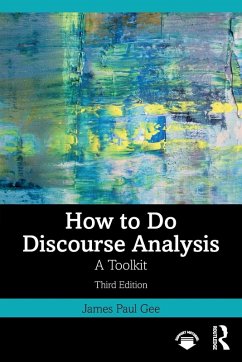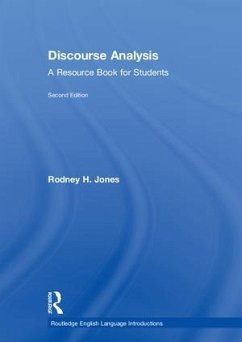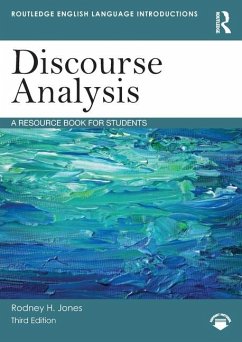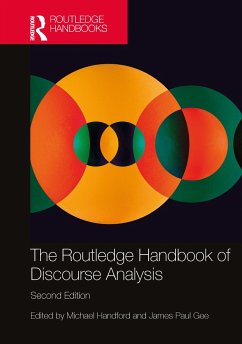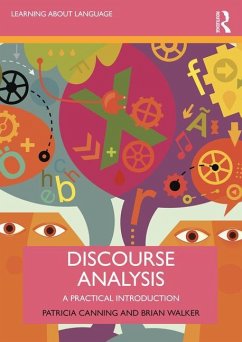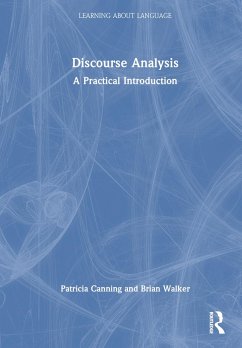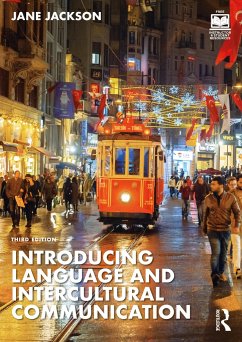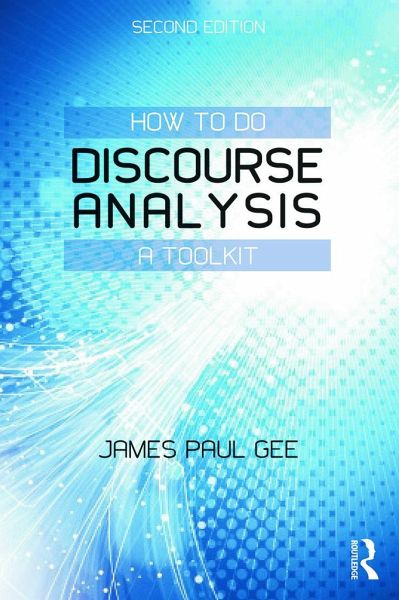
How to do Discourse Analysis
A Toolkit
Versandkostenfrei!
Versandfertig in 2-4 Wochen
62,99 €
inkl. MwSt.
Weitere Ausgaben:

PAYBACK Punkte
31 °P sammeln!
How to do Discourse Analysis: A Toolkit is the essential guide to doing discourse analysis, from James Paul Gee, bestselling author of An Introduction to Discourse Analysis: Theory and Method. This second edition includes new examples, especially from digital media, a more user-friendly and accessible layout and a companion website.
Dieser Artikel kann nur an eine deutsche Lieferadresse ausgeliefert werden.





